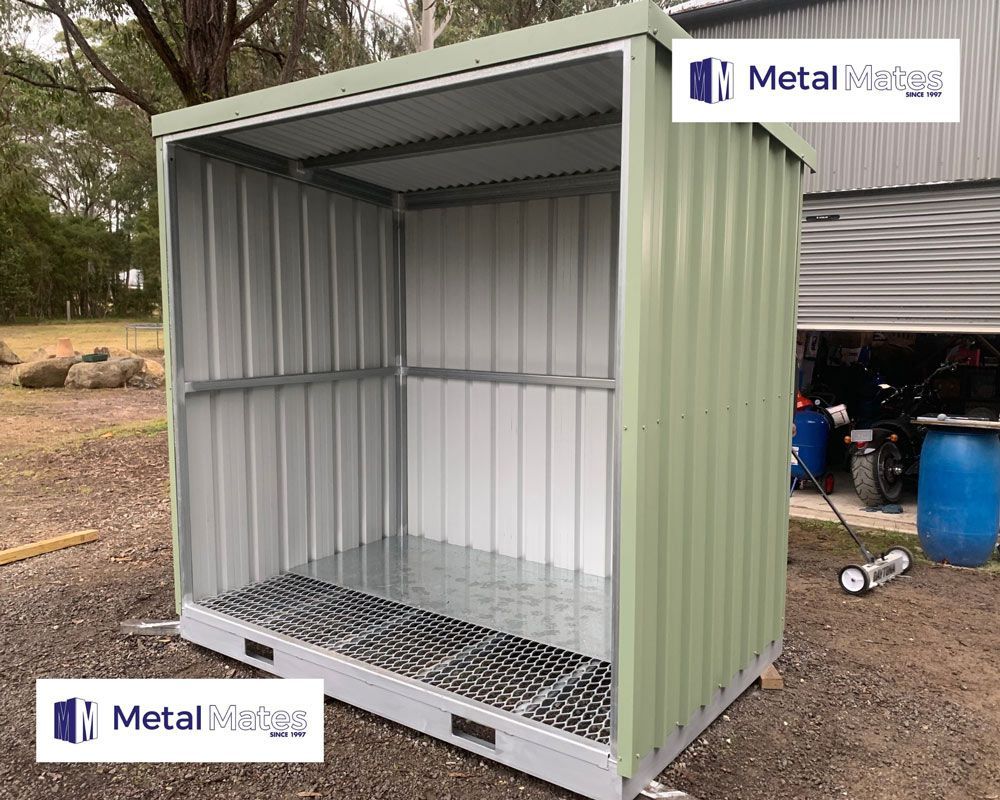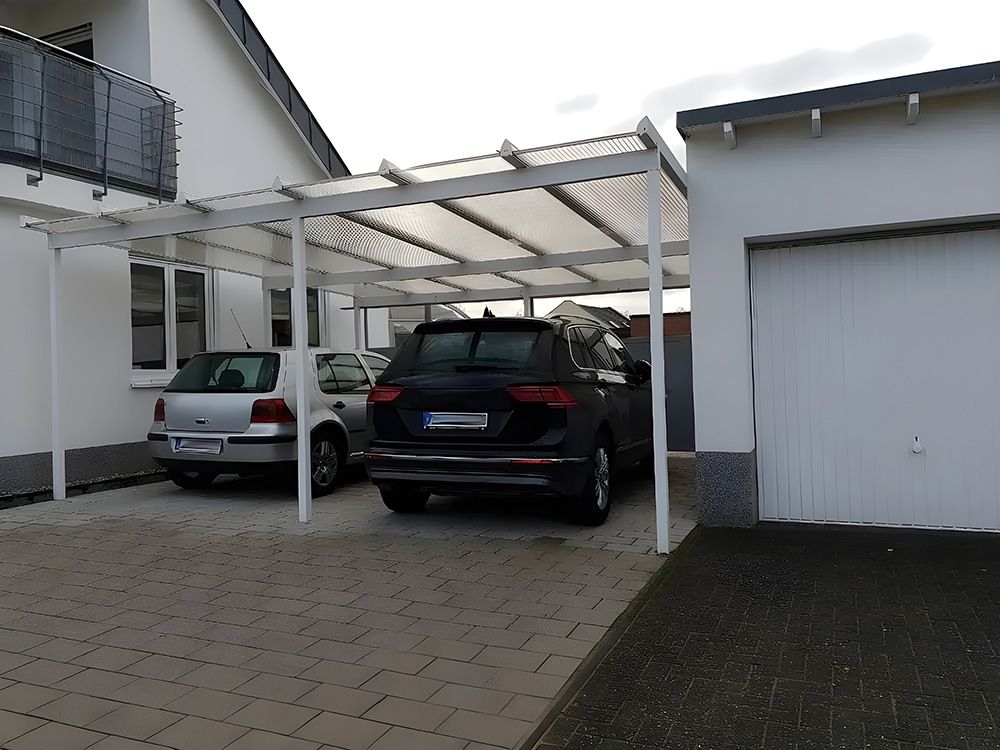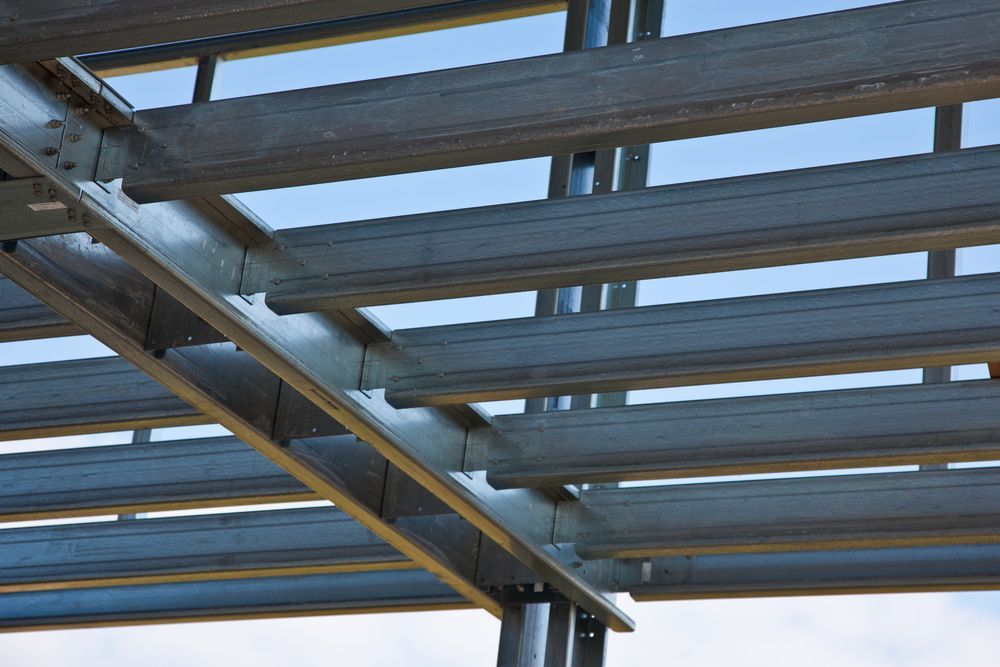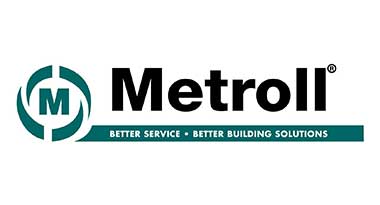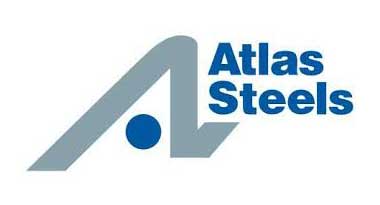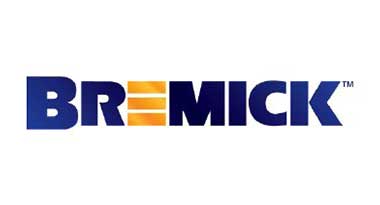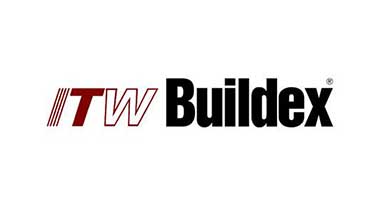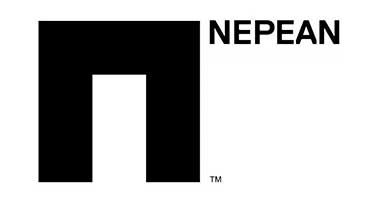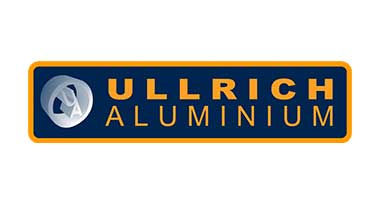5 Uses for Steel in Construction
Steel is an alloy consisting of iron, carbon and other elements. For construction purposes, steel is the most commonly used metal because it's strong and flexible and can be used in a wide variety of building applications.
It's also easy to work with and relatively cheap compared to other metals. In this blog post, our team look at the 5 main uses of steel in construction.
How is steel used in construction?
Although steel can be made into many different types of products, such as pipes or wires, it has 5 main uses in particular.
For example, steel is often used in the construction industry to:
Make beams and columns
Steel is used to make beams and columns in the construction industry because of its strength, durability, and low cost. It's a versatile material that can be formed into a variety of shapes, meaning that workers can easily use this material to find a position strong enough to hold up buildings.
Steel is also much more affordable than many other building materials, which means that builders can use less material to create a structure. Ultimately, this allows companies to make a profit as it allows them to save money on their construction costs.
Make rebar
Rebar is one of the most critical components of a structure, as it helps to reinforce concrete by providing a sturdy base for it to sit on. A building's structural integrity depends on its rebar, which must be strong enough not just to hold up concrete but also to protect against tension forces generated by wind or other forces that could cause damage if they were not supported properly by the structure itself.
This makes steel the ideal material to make rebar out of as it's both strong and durable. The steel used in rebar comes from scrap steel that has been melted down and reformed into new shapes.
Serve as an alternative to wood
Steel is an alternative to wood in the construction industry as it's a much stronger material. This makes it more resistant to wear and tear. Steel also doesn't require the same amount of maintenance as wood does, meaning that it's easier to use with a longer lifespan.
This means that it's a much more cost-effective material for construction companies to use. Steel's durability also means that it will not need to be replaced as often as a wooden structure would need to be rebuilt.
Frame stairs
Steel is used to frame stairs in the construction industry for a number of reasons. For example, it's strong enough to support a lot of weight (such as that of hundreds of people at once) without being damaged, which makes steel ideal for framing stairs.
Steel is also easy to work with as it's easy to cut and shape into stair frames. This allows builders to customise their designs. It's also an affordable material, making it a great choice for cost-conscious projects.
Create roofs and walls
Steel is a strong, durable and relatively lightweight material. As a result of this, it's widely used for the creation of roofs and walls. Roofs need steel so that they can withstand the elements and last for many years, whilst also being lightweight enough to not add significant weight to the structure itself.
Steel walls are often used as an alternative to concrete as they're strong but much less heavy. In addition to this, steel is a flexible material that can meet various project requirements.
Contact Metal Mates Today!
For more information on the 5 uses of steel in construction, feel free to contact a member of our team at Metal Mates.

